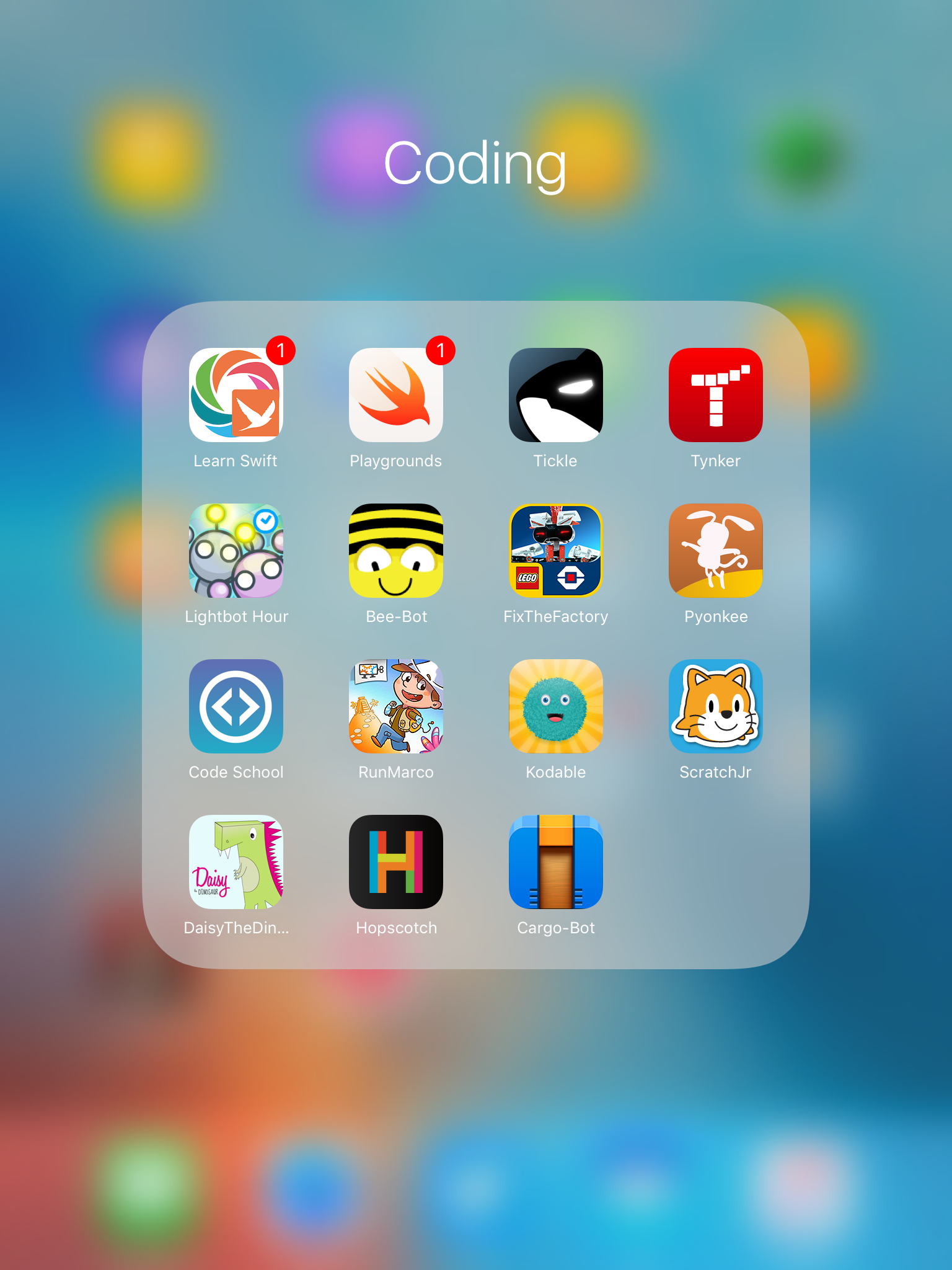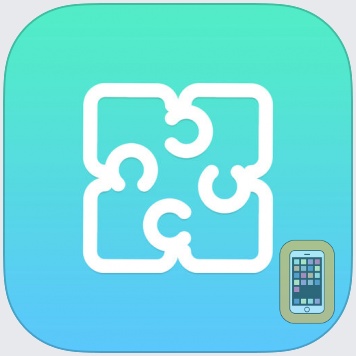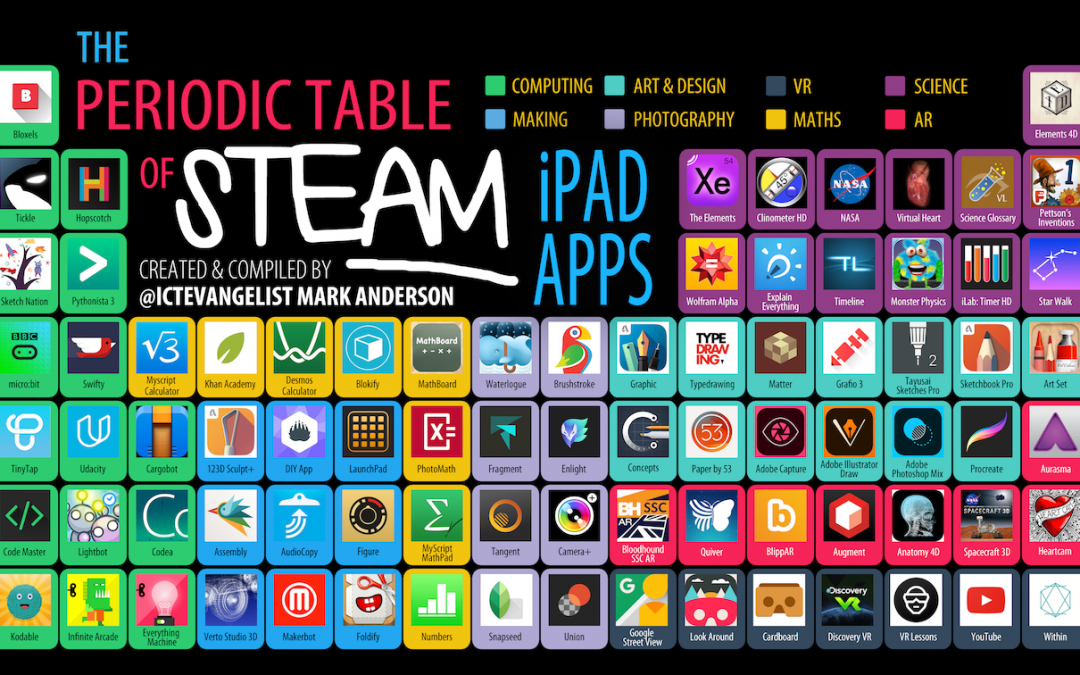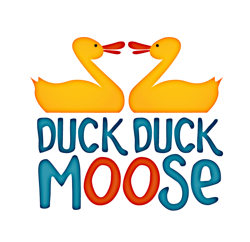Free Maths Apps
Thanks to Nadia Kettles from Edinburgh’s Digital Learning Team, I have recently discovered free maths apps which are excellent. I will provide a screenshot below. Definitely worth a look.
Thanks to Nadia Kettles from Edinburgh’s Digital Learning Team, I have recently discovered free maths apps which are excellent. I will provide a screenshot below. Definitely worth a look.
Lots of teachers have been asking for lists of apps which can be used in the classroom that I have found useful. This is a tricky task as the app store is constantly adding more and more great apps that can be used across the school. Below I am going to provide a screenshot of the apps I use when teaching coding lessons. Below the screenshot I will provide a brief summary of each. The best news is….they are all free!
 Swift – Swift Playgrounds is a new Apple app which teaches you to write Swift code in a fun, interactive way. It is heavily text based so your pupils would have to be able to read the instructions. It also comes with nice explanations about coding. I would recommend this app at the end of primary school into secondary and more so for pupils who have had experience with computer coding.
Swift – Swift Playgrounds is a new Apple app which teaches you to write Swift code in a fun, interactive way. It is heavily text based so your pupils would have to be able to read the instructions. It also comes with nice explanations about coding. I would recommend this app at the end of primary school into secondary and more so for pupils who have had experience with computer coding.
Tickle/Tynker – Both of these apps connect all of your devices together so you can code and program multiple devices from one iPad. By devices I am referring to Sphero, Dash and Dot, Drones and so on. It is very similar to Scratch which is block based coding.
Lightbot Hour: This app challenges pupils to program the Lightbot to light up all the blue squares. It allows children to problem solve and practice loops and sequences.
Bee-Bot – I have used this app with Primary 1 onwards to teach maths and programming. It is exactly the same as a real Beebot device. Stars are awarded based on the number of attempts needed to program the Beebot which children like.
Fix The Factory – This app is a puzzle game from Lego Mindstorms. It involves coding a humanoid robot to walk, rotate, grab, shoot and put misplaced battery packs at the NOGO factory back in their right place.
Pyonkee – Children can use visual blocks (similar to Scratch) to create original games, animations and stories on their own as well as using computational thinking skills and logic. I have used this after using Scratch.
Code School – I have used this more at Second Level to look closely at html coding but the app has been recently updated and now allows you to view screencasts on Ruby, Java Script, Python etc. This is a great resource for pupils ready for more challenge.
Run Marco – I recently found this app. It involves pupils coding Marco or Sophia through a series of levels. It is designed for 6 year olds and up and is block based visual coding.
Kodable – Children LOVE this one. A lovely furry ball that needs to collect coins. The children have to code the ball using directions and colour blocks. Lower primary and up!
Scratch Jr – Popular app used by schools to introduce coding. I have used this in Primary 1 to 7 to introduce coding. You can increase the level of challenge to extend coding skills. Teacher’s have noted that this is a great tool for literacy and IDL work.
Daisy the Dino – Very similar to Scratch except it is a dinosaur called Daisy instead.
Hopscotch – Great app to design and program games. There are excellent tutorial videos which you can play in the bottom corner of your screen as you are coding on your project. Children in my class last year created a surfer riding on waves made out of blue emojis!
Cargo-Bot – Harder than it looks. I struggle with the harder levels of this but some children in my class managed to get it. Great for computational thinking skills.
Creating Animations Using I Can Animate from Midlothian LTT on Vimeo.

Thanks to the Digital Learning Team at The City of Edinburgh, I have been introduced to a great collaboration whiteboard app which can be used across the curriculum.
Baiboard 3, available for free on the app store, is designed to allow learners to ‘visualize, create and collaborate’ using tablet devices. Here is an example of a Baiboard I created today:
Once pupils have entered your ‘Meet’ code in the app, they will be able to contribute to questions posed by the teacher.
Other uses could be pupils photographing their work and sharing it on the Baiboard shown on the board with the rest of the class or as assessment tool when asking for pupil feedback,

I found this table of Twitter. It’s a good resource if you are thinking about downloading new apps for Science, Technology, Expressive Arts and Maths. Most apps are free to download.

Duck Duck Moose apps encourage children to explore and learn in a safe and fun environment. There are 22 educational apps available from the app store, free of charge, which enable children to consolidate their learning across the curriculum and develop their imagination and creativity.
Apps include number games which link well with SEAL, reading and word games, nursery rhyme apps and more. All apps are very user friendly and well suited to Early and First Level as well as children with additional support needs.